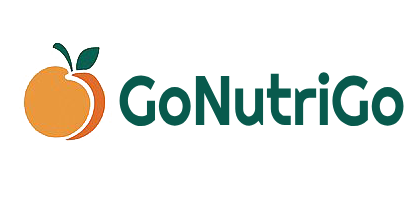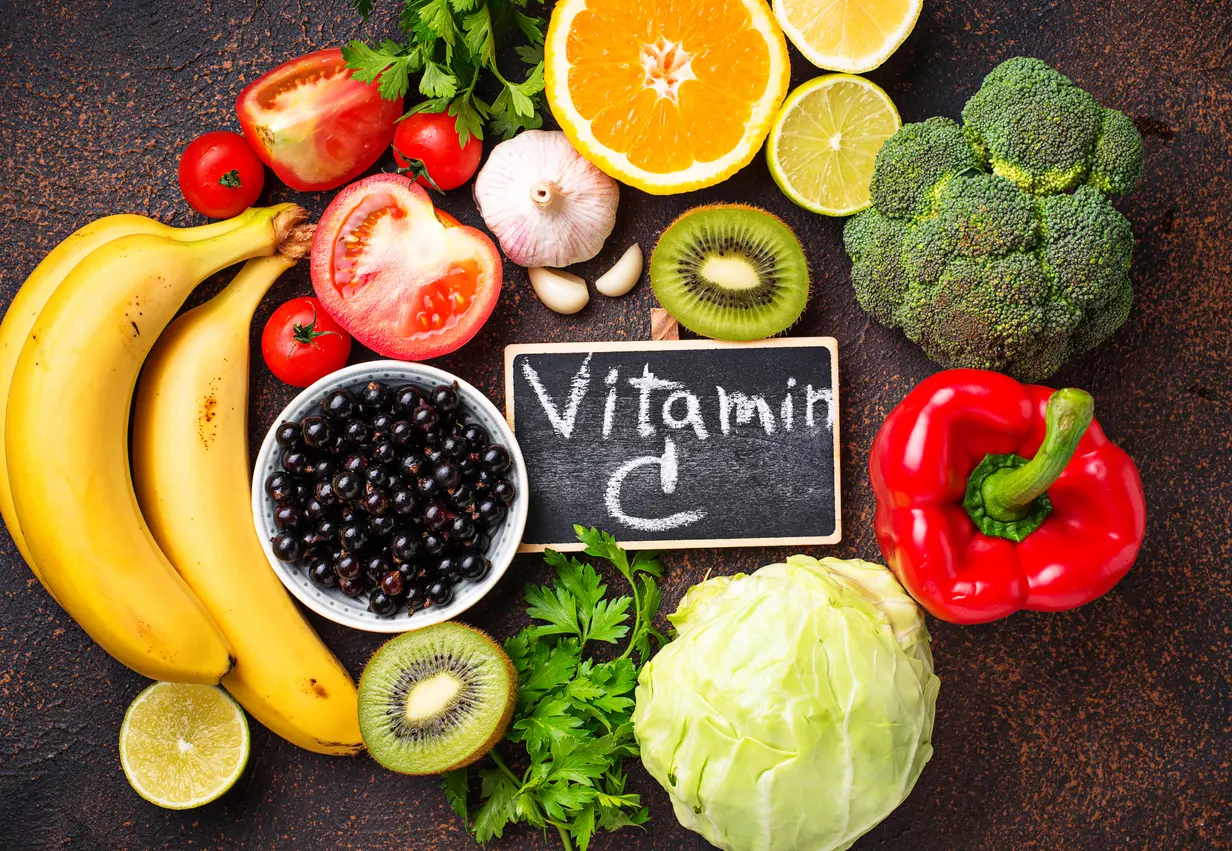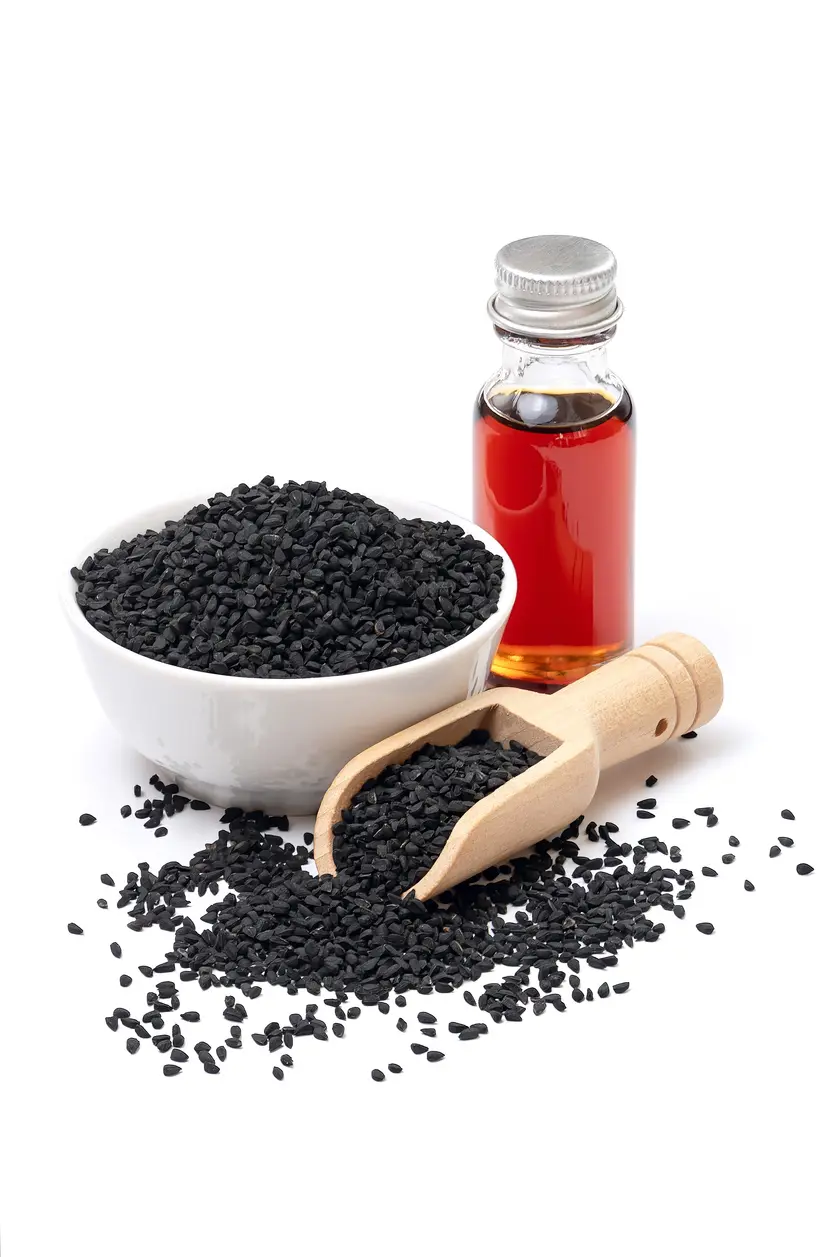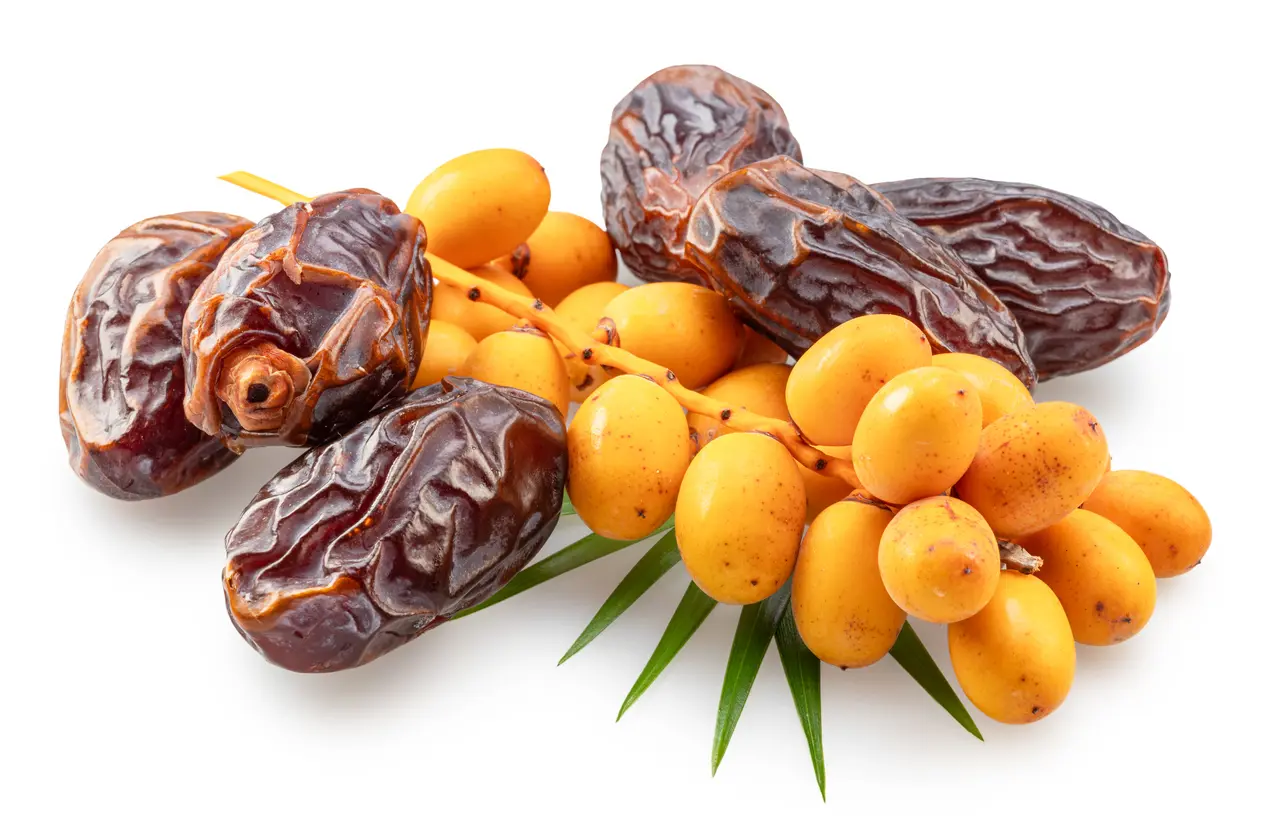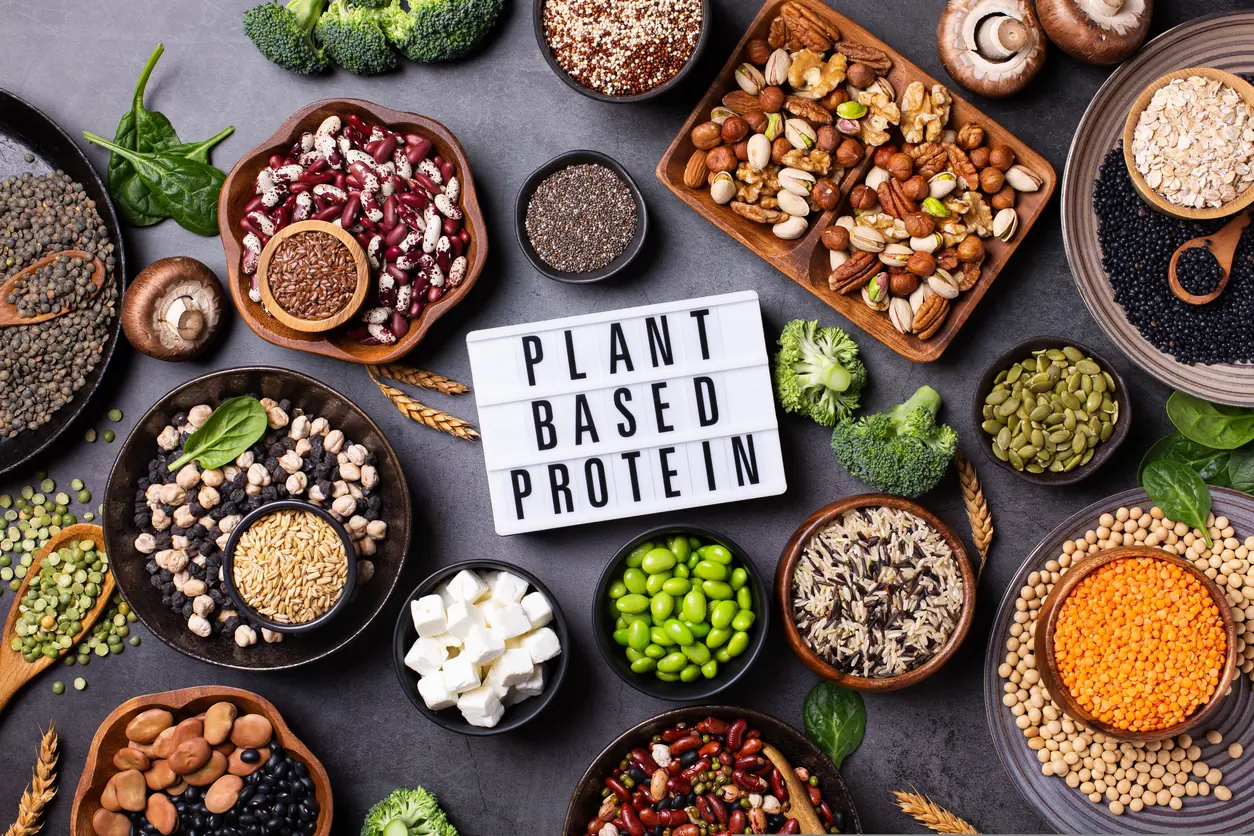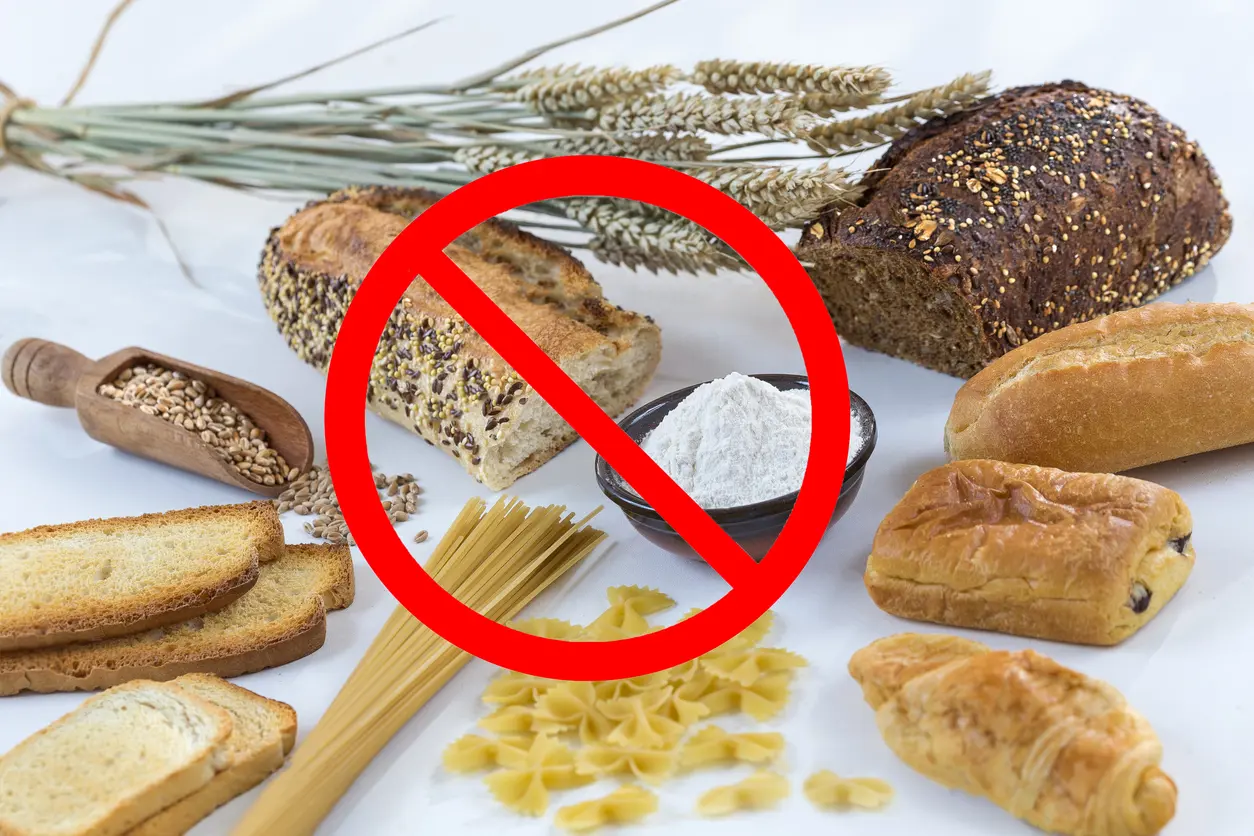Iron-Rich Diet: Foods, Absorption Tips, and How to Prevent Deficiency
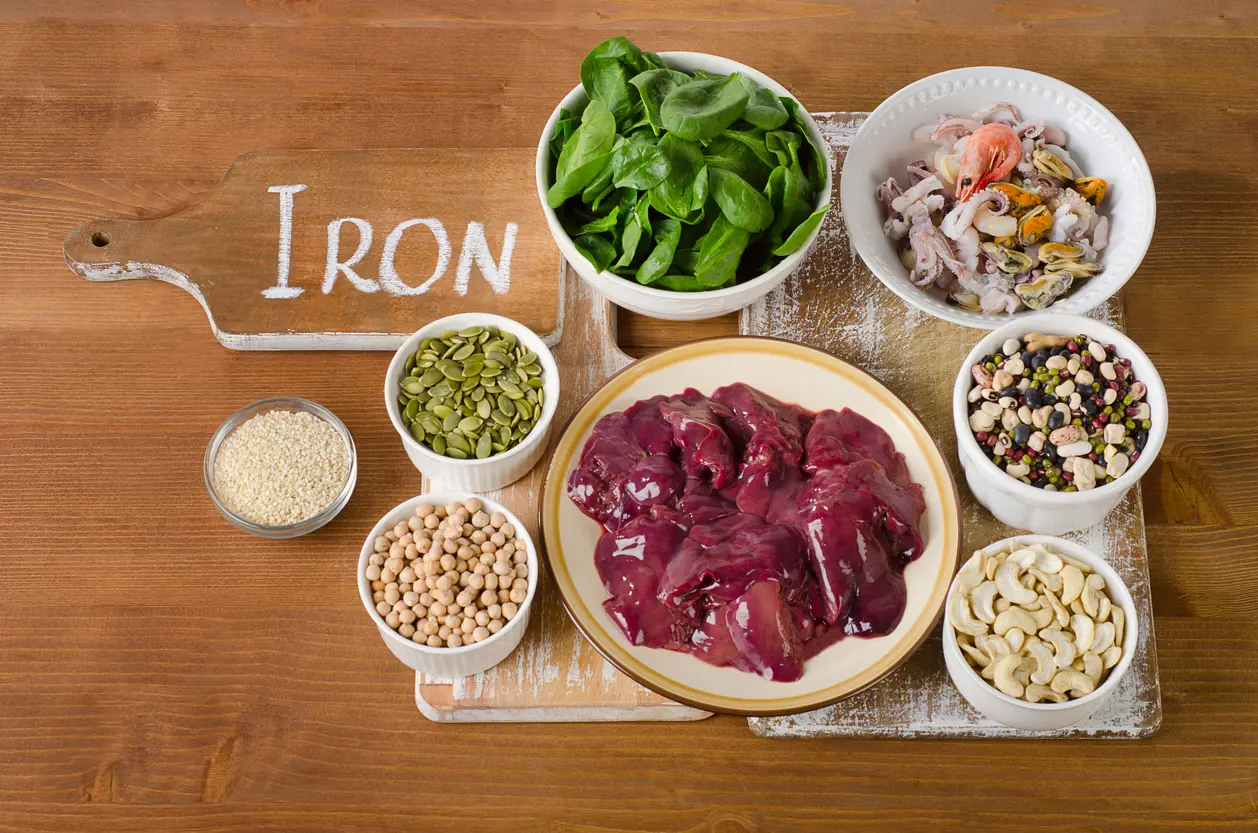
Iron is an essential nutrient and plays a crucial role in a healthy diet. Including iron-rich foods can help support red blood cell function, oxygen delivery, and energy levels.
Certain health conditions and life stages increase the risk of deficiency. For example, women of childbearing age are at risk due to blood loss from menstruation. Pregnant women have an increased need for iron due to the developing fetus.
Related: 20 Foods To Avoid During Pregnancy
Furthermore, children ages 0-5 are vulnerable to deficiency due to rapid growth. Athletes have increased needs for iron due to inflammation, exercise-induced damage to red blood cells, and impaired absorption. People with kidney disease, heart failure, cancer, and inflammatory bowel disease are also at risk due to inflammation and alterations in red blood cell production.[1] Lopez A, Cacoub P, Macdougall IC, Peyrin-Biroulet Iron deficiency anaemia - Lancet;387(10021):907-16. doi:10.1016/s0140-6736(15)60865-0 2016 Individuals predisposed to iron deficiency often require a carefully managed diet that includes high-iron foods.
This article highlights the best iron-rich foods to boost energy and prevent deficiency.
What Is Iron and Why It Matters
Iron is an essential nutrient in the body that has several different roles. It is part of the hemoglobin molecule in red blood cells, which transports oxygen. It is also involved in several enzymatic reactions, including those related to energy production, DNA synthesis, and cellular respiration. Essentially, it is intimately involved in the cell’s energy production. It is also vital for brain development and the optimal functioning of the immune system.[2] Dutt S, Hamza I, Bartnikas TB. Molecular Mechanisms of Iron and Heme Metabolism. Annu Rev Nutr ;42:311-335. doi:10.1146/annurev-nutr-062320-112625 2022
Low iron levels can lead to anemia, characterized by low hemoglobin levels on blood tests. The reduced oxygen transport results in fatigue, weakness, headaches, and impaired cognitive function. In severe cases, anemia can cause trouble breathing, difficulty exercising, a rapid heart rate, and fainting. Iron deficiency can also lead to restless leg syndrome, hair loss, reduced immunity, and infertility. [3], [4] Goyal A, Zheng Y, Albenberg LG, et al. Anemia in Children With Inflammatory Bowel Disease: A Position Paper by the IBD Committee of the North American Society of Pediatric Gastroenterology, Hepatology and Nutrition. J Pediatr Gastroenterol Nutr;71(4):563-582. doi:10.1097/mpg.0000000000002885 2020An iron-rich diet helps to prevent deficiency and supports optimal health.
You May Like: Foods And Diet Plans For Anemia, What To Eat And Avoid
According to the National Institutes of Health, iron requirements vary by age and sex. The following is a description of the recommended daily allowance from the National Institutes of Health Iron Fact Sheet [5] Iron—Fact Sheet for Health Professionals :
- Men (19-50+ years) - 8 mg/day
- Women (19-50 years) - 19 mg/day
- Women (Women 51+ years) - 8 mg/day
- Pregnant Women - 27 mg/day
- Lactating Women (19-50) - 9 mg/day
These values are different because women of reproductive age and pregnant women have higher needs for iron due to menstruation or a developing fetus, respectively. After menopause, women’s needs decrease and are similar to men’s needs. Use these values as a guide when choosing the best iron-rich foods.
Heme vs. Non-Heme Iron: What’s the Difference?
Food with iron is available in two different forms: heme iron and non-heme iron. It is not only essential to know which foods contain iron, but also to understand the type of iron they contain. Knowing the difference can help you obtain the most significant amount of iron from food.
Heme iron is found in animal-based foods, including meat, poultry, and fish. It is absorbed more easily than non-heme iron. Its absorption is also less affected by other compounds present in the diet.[6] Gallo Ruelas M, Alvarado-Gamarra G, Aramburu A, et al. A comparative analysis of heme vs non-heme iron administration: a systematic review and meta-analysis of randomized controlled trials. Eur J Nutr ;64(1):51. doi:10.1007/s00394-024-03564-y 2024
Non-heme iron is found in plant foods, dairy products, and iron-fortified foods. The body cannot absorb it as easily. Various dietary compounds, such as phytates, polyphenols, and calcium, can inhibit the absorption of non-heme iron. However, the presence of Vitamin C can enhance absorption. [7] Piskin E, Cianciosi D, Gulec S, Tomas M, Capanoglu E Iron Absorption: Factors, Limitations, and Improvement Methods ACS Omega;7(24):20441-20456. doi:10.1021/acsomega.2c01833 2022 The absorption process requires many more steps and is more complex than that of heme iron. [8] Gregory J Anderson, David M Frazer Current understanding of iron homeostasis. Am J Clin Nutr. doi:10.3945/ajcn.117.155804 2017
Eating a mix of both types of high-iron foods helps maintain a well-rounded and balanced diet.
Iron-Rich Foods to Boost Your Energy
You may be wondering what food has iron. The following is a list of iron-rich foods that can help you achieve your nutritional goals. Each food is listed with its iron content per serving, key health benefits, and suggestions on how to incorporate it into an iron-rich diet. The values are obtained from the United States Department of Agriculture Nutrient Database. [5] Iron—Fact Sheet for Health Professionals , [9] Nutrients: Iron, Fe (mg) , [11] Health and Diet Guide. Web MD
Heme Iron sources (Animal-Based)
Beef Liver (3 oz) 5.5 mg iron
- Rich in Vitamin A, B12, Vitamin D, and Coenzyme Q10.
- Supports red blood cell production, immune function, energy, and detoxification.
- Sauté with onions, herbs, and a splash of vinegar; serve with a citrus salad to enhance absorption. Soaking liver in milk for 30 minutes helps to minimize bitterness.
Lean Beef (3 oz) 2.1 mg iron
- High-quality protein, rich in omega-3 fatty acids if grass-fed, is lower in fat.
- Supports muscle mass and oxygen transport.
- Grill or stir-fry with bell peppers (for added Vitamin C). Add to rice or grains in a beef bowl along with aromatics such as garlic, ginger, and soy sauce.
Chicken Thigh (3 oz) 1.1 mg iron
- Contains zinc, B vitamins, and mood-boosting tryptophan.
- Supports immunity, muscle growth, and mood.
- Roast with garlic and lemon for flavor and better uptake. Grill or slow-cook with vegetables.
Oysters (3 oz) 8 mg iron
- Extremely high in bioavailable iron; excellent source of B12, zinc, and Vitamin D.
- Improved immune function, wound healing, hormone production, energy, and red blood cell formation.
- Serve raw with lemon or lightly steam. Bake with a mixture of spinach, cheese, breadcrumbs, and herbs on top.
Sardines (3 oz) 2.5 mg iron
- High in calcium and omega-3 fatty acids.
- Supports cardiovascular, bone, and brain health.
- Eat canned sardines with tomato sauce for an extra boost of vitamin C. Grill them after marinating with olive oil, garlic, lemon, and herbs. Add to salads or pizza.
Turkey, dark meat (3 oz) 2.0 mg iron
- High in B vitamins, selenium, zinc, tryptophan, and magnesium. Low in fat and calories.
- Supports recovery and metabolism, brain health, joint health, and mood.
- Roast and pair with cranberry chutney. Add sliced turkey sandwiches or salads. Ground turkey can be substituted for ground beef for a lower-fat option.
Non-heme Iron sources (Plant-Based)
Lentils, cooked (1 cup) 6.6 mg iron
- High in fiber, B vitamins, antioxidants, and plant protein.
- Support digestion, blood sugar regulation, and weight management.
- Add diced tomatoes or lemon juice to lentil soup. Toss with fresh salads or add to curries and stews.
Spinach, cooked ( 1 cup) 6.4 mg iron
- Rich in iron, folate, vitamin D, and antioxidants.
- Supports eye and immune health, and may reduce the risk of certain types of cancer; high folate levels are beneficial for pregnancy.
- Sauté with garlic and squeeze lemon juice on top. Add raw baby spinach to salads or smoothies. Stir into scrambled eggs or soup.
Tofu, firm (1/2 cup) 3.4 mg iron
- Complete plant protein with calcium, magnesium, and soy isoflavones.
- Supports bone density, hormone balance, and heart health.
- Stir-fry with broccoli and bell peppers. Pan-fry and add to noodle dishes, or grill and add to salads.
Quinoa, cooked (1 cup) 2.8 mg iron
- Complete protein, high in fiber, rich in antioxidants, and prebiotics.
- Supports energy, metabolism, gut health, and is a safe grain for those with gluten intolerance.
- Use as a base with citrus-roasted veggies. Add to salads, bowls, soups, or use as a side dish.
Pumpkin seeds ( 1 oz) 4.2 mg iron
- High in healthy fats, antioxidants, magnesium, selenium, and potassium.
- Support immune, prostate, digestive, and heart health.
- Sprinkle over a vitamin C-rich salad, such as spinach and strawberries. Roast until golden and crispy, and enjoy as a snack.
Chickpeas, cooked (1 cup) 4.7 mg iron
- High in fiber, protein, and choline.
- Support gut, metabolic, and mental health; may balance hormones due to phytoestrogens.
- Make hummus with fresh lemon juice. Cook on the stovetop or in a slow cooker and add to salads, soups, or curries.
Blackstrap Molasses ( 1 tbsp) 3.6 mg iron
- Concentrated source of iron, calcium, and magnesium.
- Supports anemia prevention, bone health, and has a lower glycemic index than refined sugar.
- Add to oatmeal with berries for an iron-rich and Vitamin C-rich combo. Use as a sweetener in smoothies or add to warm milk before bed. Spread on waffles or toast.
Fortified Cereals (1 cup) up to 8.1 mg iron
- Enriched with iron and often B vitamins.
- Convenient way to meet daily needs.
- Serve with sliced oranges or strawberries for absorption.
Cashews, roasted (1 oz) 1.9 mg iron
- Provide magnesium, copper, healthy fats, and B vitamins.
- Support heart health, reduce inflammation, and aid weight control.
- Snack with a tangerine or kiwi on the side. Toss roasted cashews and add seasoning like chili powder or cinnamon. Add to salad, granola, or yogurt. Make cashew butter or a creamy sauce.
Edamame, cooked (1 cup) 3.5 mg iron
- High in complete protein, fiber, and isoflavones. Good source of vitamin C, folate, calcium, and zinc.
- Supports hormonal, cardiovascular, and bone health.
- Steam and season lightly; pair with a citrus-soy dipping sauce.
Baked Potato With Skin (1 medium) 1.9 mg iron
- Natural combination of iron and Vitamin C. Also contains B6, potassium, folate, and magnesium.
- Supports immunity, blood production, and blood sugar regulation when skin is consumed.
- Top with salsa or sautéed peppers, Greek yogurt, steamed broccoli, or beans. Brush skin with olive oil to make it crispy.
Dark Chocolate (70-85%, 1 oz) 3.0 mg iron
- Full of antioxidants, polyphenols, and compounds such as theobromine that enhance mood.
- Supports circulation, cognitive function, gut function, and mood.
- Pair with orange slices or fresh berries for a refreshing treat. Add to trail mix, hot chocolate, or baked goods for a delicious treat.
Kale, cooked (1 cup) 1.2 mg iron
- Provides vitamin A, C, and K along with folate, calcium, and magnesium.
- Supports detoxification, bone health, and the immune system.
- Sauté with olive oil and lemon or orange zest. Bake with seasonings to create kale chips. Make a salad with olive oil, lemon juice, parmesan cheese, and salt.
Morel Mushrooms, cooked (100 g) 12.2 mg iron.
- Exceptionally high in iron (more than the entire requirement for some adults), zinc, copper, manganese, calcium, Vitamin D, magnesium, and zinc.
- Support oxygen delivery, bone health, and immunity.
- Sauté with shallots and serve over a grain bowl with arugula. Pan-fry in butter and season with paprika. Add to eggs, poultry, or vegetables. Always cook morels because they can be toxic if eaten raw.
Tips to Maximize Iron Absorption
These strategies support the bioavailability of food with iron and help to prevent deficiency.
Add Vitamin C
Vitamin C enhances the bioavailability of non-heme iron to the body through several mechanisms. This vitamin binds to iron-rich foods and forms a complex that prevents it from binding to other compounds that would interfere with absorption.
If Vitamin C supplementation is desired, the American Gastroenterological Association recommends that iron supplements be combined with 80 mg of ascorbic acid (another term for vitamin C) on an empty stomach. This method can increase iron absorption by up to 30%. [12] DeLoughery TG, Jackson CS, Ko CW, Rockey DC. AGA Clinical Practice Update on Management of Iron Deficiency Anemia: Expert Review. Clin Gastroenterol Hepatol ;22(8):1575-1583. doi:10.1016/j.cgh.2024.03.046 2024, [13] von Siebenthal HK, Moretti D, Zimmermann MB, Stoffel NU Effect of dietary factors and time of day on iron absorption from oral iron supplements in iron deficient women. Am J Hematol ;98(9):1356-1363. doi:10.1002/ajh.26987 2023
Avoid Iron Binders
- Calcium can reduce the absorption of both, especially when consumed in large amounts. Separate calcium supplements from iron if needed. [14] Bailón-Uriza R, Ayala-Méndez JA, Celis-González C, et al. [Soy beverages and women's health: evidence review and experts opinion]. Nutr Hosp. ;40(5):1056-1067. Bebidas de soja y salud femenina. Revisión de la evidencia y opinión de expertos. doi:10.20960/nh.04372 2023
- Phytates, found in whole grains, legumes, and some vegetables, can significantly reduce non-heme iron absorption. [7] Piskin E, Cianciosi D, Gulec S, Tomas M, Capanoglu E Iron Absorption: Factors, Limitations, and Improvement Methods ACS Omega;7(24):20441-20456. doi:10.1021/acsomega.2c01833 2022
- Polyphenols are present in tea, coffee, and some fruits and vegetables. Tea can reduce iron absorption by up to 90%, so it’s best to avoid drinking tea with iron-rich foods. Foods high in fiber can inhibit non-heme iron absorption to some degree due to the presence of phytates; however, they also offer numerous other benefits. [15] Lazrak M, El Kari K, Stoffel NU, et al. Tea Consumption Reduces Iron Bioavailability from NaFeEDTA in Nonanemic Women and Women with Iron Deficiency Anemia: Stable Iron Isotope Studies in Morocco. J Nutr.;151(9):2714-2720. doi:10.1093/jn/nxab159 2021
Cook in Cast-Iron Pans
Cast iron increases the iron content of the food being prepared in it, as small amounts of iron leach directly into the food. This is especially true if the food is acidic, like tomato sauce. This iron is non-heme iron, so adding foods rich in vitamin C would also be beneficial.
Consider Supplements
If your healthcare professional recommends it, consider adding iron supplements. Iron supplements can cause constipation; therefore, food is the best source, if possible. Before starting any new supplement, consult your healthcare professional to ensure safety, efficacy, and potential drug interactions.
Summary and FAQs
Can I get enough iron without eating meat?
Yes, it is possible to get enough iron from purely plant-based sources. However, it requires careful planning and thoughtful meals. Adding vitamin C-rich foods, such as citrus fruits and tomatoes, and consuming a variety of diverse sources, including legumes, whole grains, nuts, seeds, dried fruits, and leafy green vegetables, can help supplement iron stores in the body.
Soaking, fermenting, and sprouting legumes and grains can reduce phytate content, improving the availability to the body. [16] Platel K, Srinivasan K. Bioavailability of Micronutrients from Plant Foods: An Update. Crit Rev Food Sci Nutr.;56(10):1608-19. doi:10.1080/10408398.2013.781011 2016Despite these interventions, vegetarians and vegans often have low serum ferritin levels. This test usually reflects the level of iron in the body, with some exceptions. [17] Haider LM, Schwingshackl L, Hoffmann G, Ekmekcioglu C. The effect of vegetarian diets on iron status in adults: A systematic review and meta-analysis. Crit Rev Food Sci Nutr.;58(8):1359-1374. doi:10.1080/10408398.2016.1259210 2018
However, low ferritin levels do not always indicate iron-deficiency anemia. While it is possible to obtain enough iron from plants, it requires more diligence.
How do I know if I am iron deficient?
You cannot determine if you are iron deficient solely based on symptoms. You should discuss your concerns with your healthcare professional, who will then conduct tests to determine if you have anemia and an iron deficiency.
If anemia is detected, your healthcare professional will likely check your levels of iron, ferritin, and the blood’s capacity to bind iron. Once iron deficiency is detected, it is vital to identify the underlying cause. You may need additional testing to determine the cause of your abnormal levels. [12] DeLoughery TG, Jackson CS, Ko CW, Rockey DC. AGA Clinical Practice Update on Management of Iron Deficiency Anemia: Expert Review. Clin Gastroenterol Hepatol ;22(8):1575-1583. doi:10.1016/j.cgh.2024.03.046 2024 If you do have a deficiency, incorporating more iron foods for anemia prevention can help, along with following the advice of your healthcare professional.
In summary, iron is a vital nutrient that supports energy production, immune health, and overall well-being. By incorporating a variety of iron-rich foods into your diet, along with strategies such as pairing foods with vitamin C, you can naturally support your iron levels.
Sufficient iron can be obtained by eating meat or following a plant-based diet if you are mindful of your food choices. If you suspect low iron levels or experience symptoms such as fatigue, shortness of breath, or an elevated heart rate, consult a healthcare professional to explore testing and treatment options.
Was this article helpful?
-
Iron deficiency anaemia - Lancet;387(10021):907-16. doi:10.1016/s0140-6736(15)60865-0; Lopez A, Cacoub P, Macdougall IC, Peyrin-Biroulet; ( 2016 )
https://pubmed.ncbi.nlm.nih.gov/26314490/ -
Molecular Mechanisms of Iron and Heme Metabolism. Annu Rev Nutr ;42:311-335. doi:10.1146/annurev-nutr-062320-112625; Dutt S, Hamza I, Bartnikas TB.; ( 2022 )
https://pubmed.ncbi.nlm.nih.gov/35508203/ -
Anemia in Children With Inflammatory Bowel Disease: A Position Paper by the IBD Committee of the North American Society of Pediatric Gastroenterology, Hepatology and Nutrition. J Pediatr Gastroenterol Nutr;71(4):563-582. doi:10.1097/mpg.0000000000002885; Goyal A, Zheng Y, Albenberg LG, et al.; ( 2020 )
https://pubmed.ncbi.nlm.nih.gov/32947565/ -
Iron deficiency beyond erythropoiesis: should we be concerned? Curr Med Res Opin;34(1):81-93. doi:10.1080/03007995.2017.1394833; Musallam KM, Taher AT; ( 2018 )
https://pubmed.ncbi.nlm.nih.gov/29050512/ -
Iron—Fact Sheet for Health Professionals;
https://ods.od.nih.gov/factsheets/Iron-HealthProfessional/ -
A comparative analysis of heme vs non-heme iron administration: a systematic review and meta-analysis of randomized controlled trials. Eur J Nutr ;64(1):51. doi:10.1007/s00394-024-03564-y; Gallo Ruelas M, Alvarado-Gamarra G, Aramburu A, et al.; ( 2024 )
https://pubmed.ncbi.nlm.nih.gov/39708071/ -
Iron Absorption: Factors, Limitations, and Improvement Methods ACS Omega;7(24):20441-20456. doi:10.1021/acsomega.2c01833; Piskin E, Cianciosi D, Gulec S, Tomas M, Capanoglu E; ( 2022 )
https://pubmed.ncbi.nlm.nih.gov/35755397/ -
Current understanding of iron homeostasis. Am J Clin Nutr. doi:10.3945/ajcn.117.155804; Gregory J Anderson, David M Frazer; ( 2017 )
https://pubmed.ncbi.nlm.nih.gov/29070551/ -
Nutrients: Iron, Fe (mg);
https://www.nal.usda.gov/sites/default/files/page-files/iron.pdf -
FoodData Central. U.S. Department of Agriculture;
https://fdc.nal.usda.gov -
Health and Diet Guide. Web MD;
https://www.webmd.com/diet -
AGA Clinical Practice Update on Management of Iron Deficiency Anemia: Expert Review. Clin Gastroenterol Hepatol ;22(8):1575-1583. doi:10.1016/j.cgh.2024.03.046; DeLoughery TG, Jackson CS, Ko CW, Rockey DC. ; ( 2024 )
https://pubmed.ncbi.nlm.nih.gov/38864796/ -
Effect of dietary factors and time of day on iron absorption from oral iron supplements in iron deficient women. Am J Hematol ;98(9):1356-1363. doi:10.1002/ajh.26987; von Siebenthal HK, Moretti D, Zimmermann MB, Stoffel NU; ( 2023 )
https://pubmed.ncbi.nlm.nih.gov/37357807/ -
[Soy beverages and women's health: evidence review and experts opinion]. Nutr Hosp. ;40(5):1056-1067. Bebidas de soja y salud femenina. Revisión de la evidencia y opinión de expertos. doi:10.20960/nh.04372; Bailón-Uriza R, Ayala-Méndez JA, Celis-González C, et al.; ( 2023 )
https://pubmed.ncbi.nlm.nih.gov/37154022/ -
Tea Consumption Reduces Iron Bioavailability from NaFeEDTA in Nonanemic Women and Women with Iron Deficiency Anemia: Stable Iron Isotope Studies in Morocco. J Nutr.;151(9):2714-2720. doi:10.1093/jn/nxab159; Lazrak M, El Kari K, Stoffel NU, et al.; ( 2021 )
https://pubmed.ncbi.nlm.nih.gov/34038558/ -
Bioavailability of Micronutrients from Plant Foods: An Update. Crit Rev Food Sci Nutr.;56(10):1608-19. doi:10.1080/10408398.2013.781011; Platel K, Srinivasan K.; ( 2016 )
https://pubmed.ncbi.nlm.nih.gov/25748063/ -
The effect of vegetarian diets on iron status in adults: A systematic review and meta-analysis. Crit Rev Food Sci Nutr.;58(8):1359-1374. doi:10.1080/10408398.2016.1259210; Haider LM, Schwingshackl L, Hoffmann G, Ekmekcioglu C.; ( 2018 )
https://pubmed.ncbi.nlm.nih.gov/27880062/

